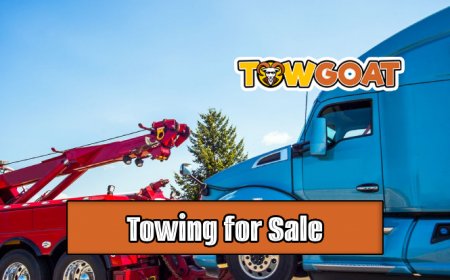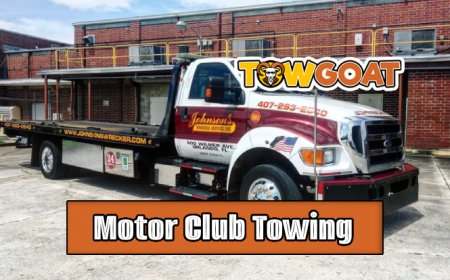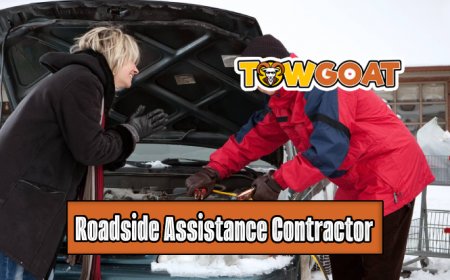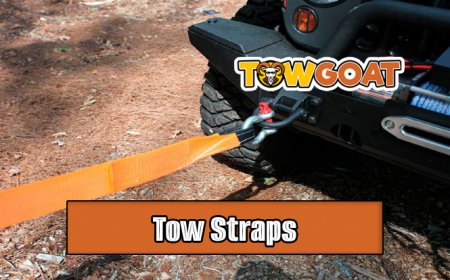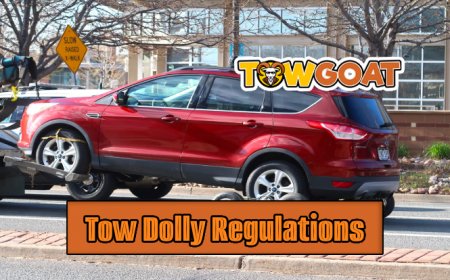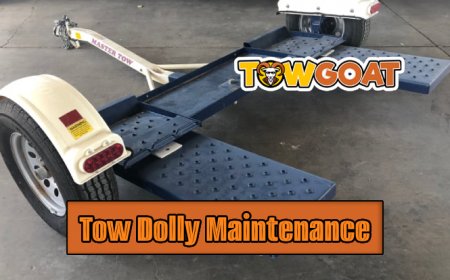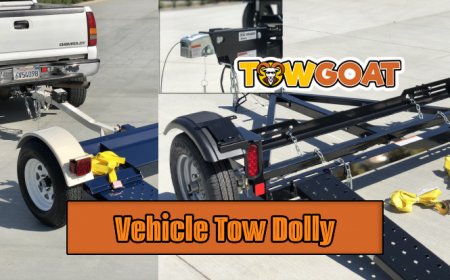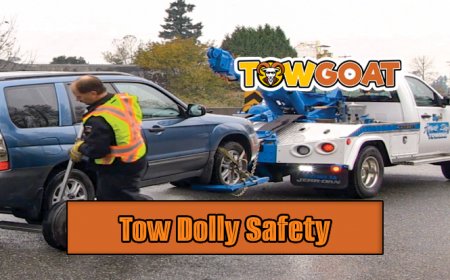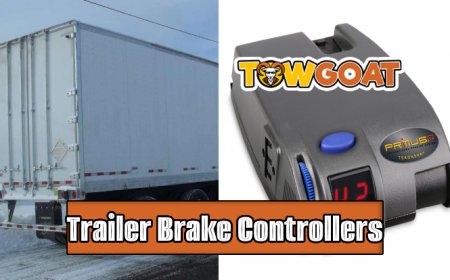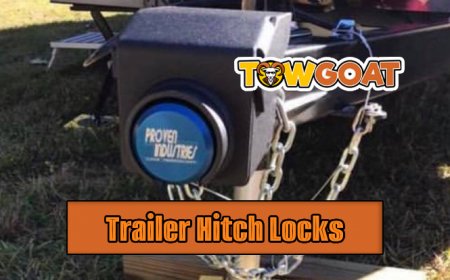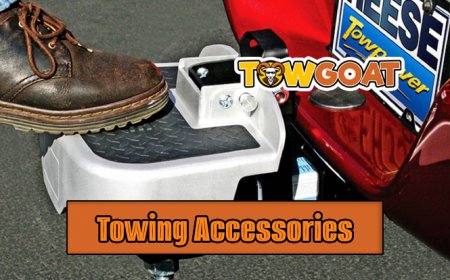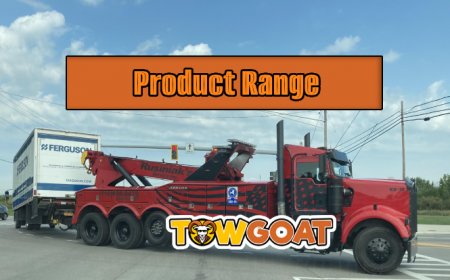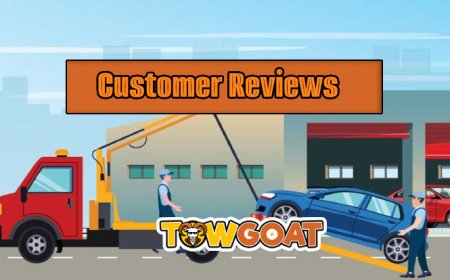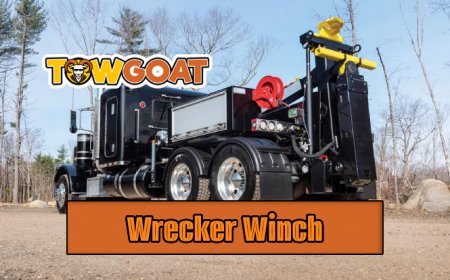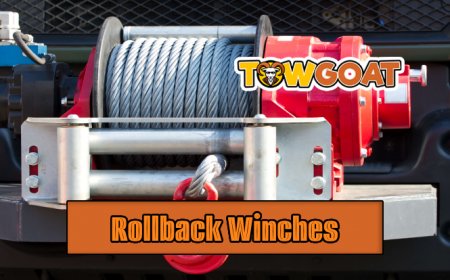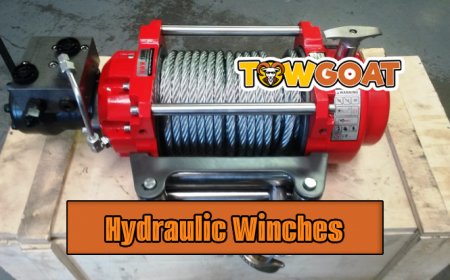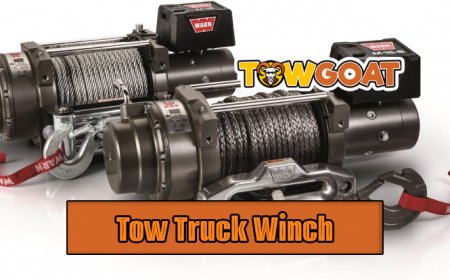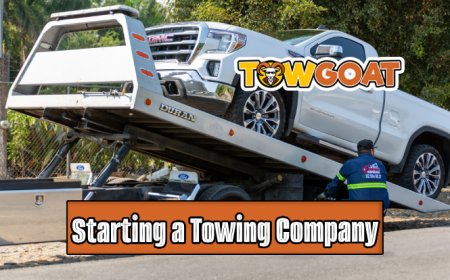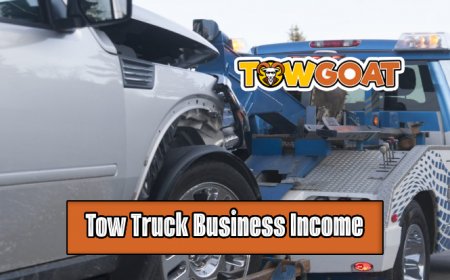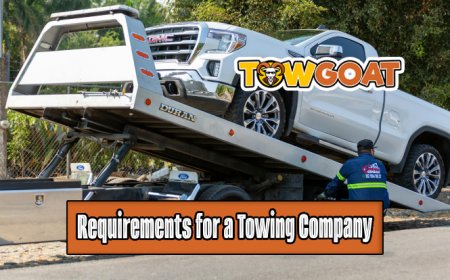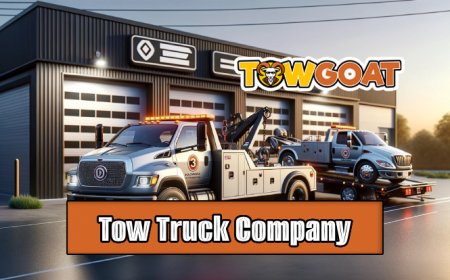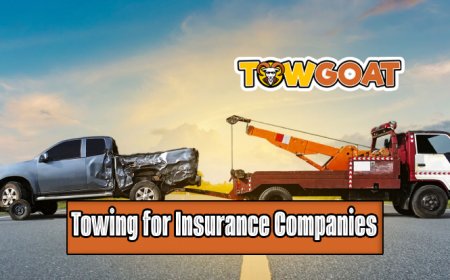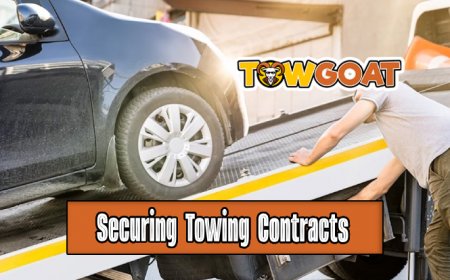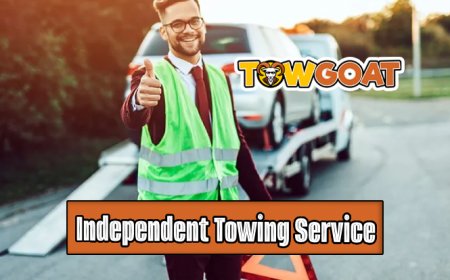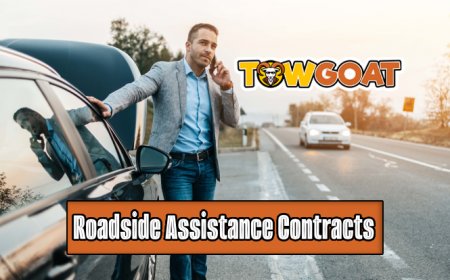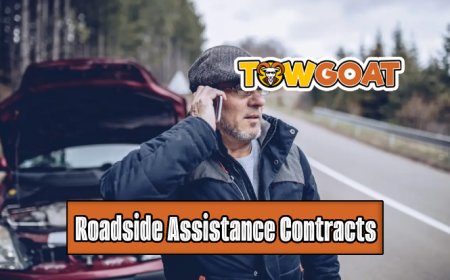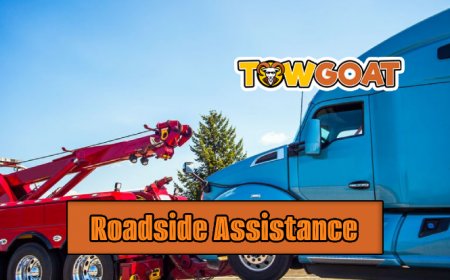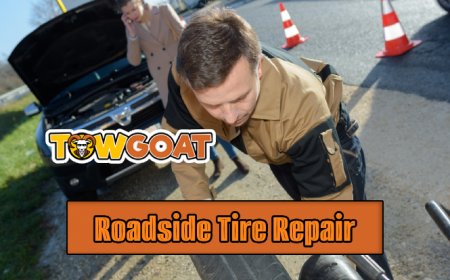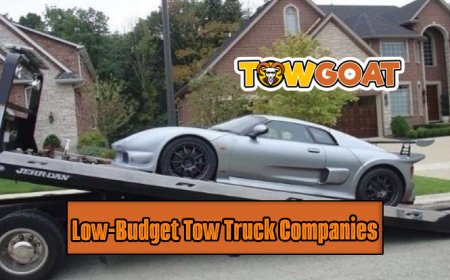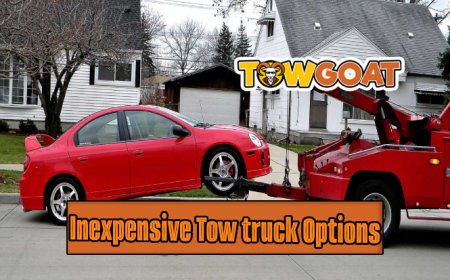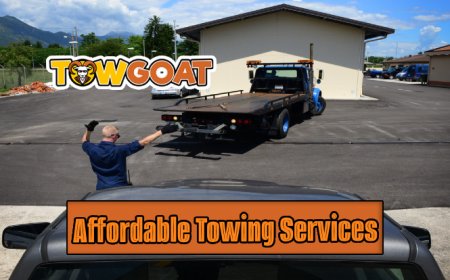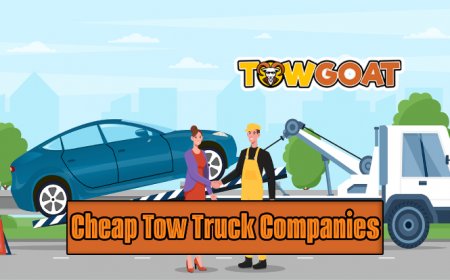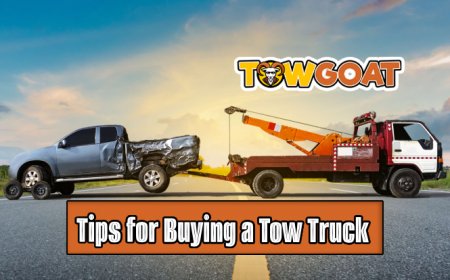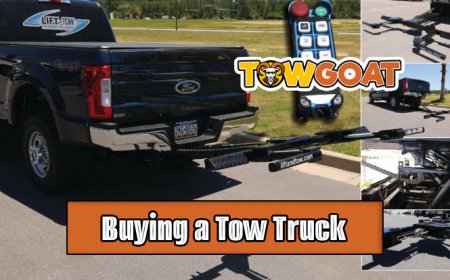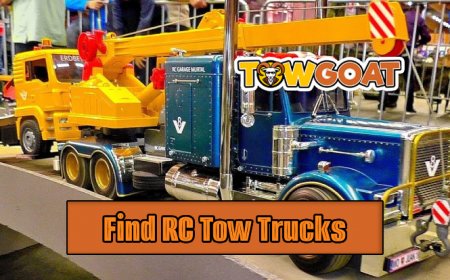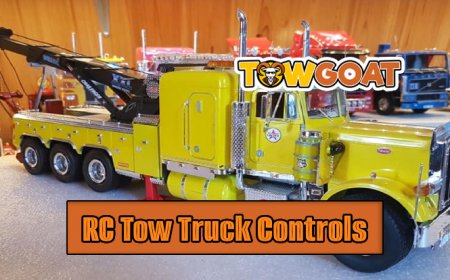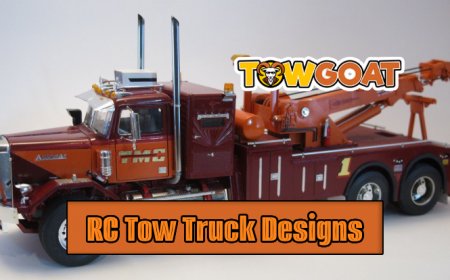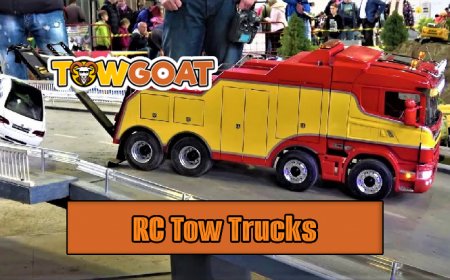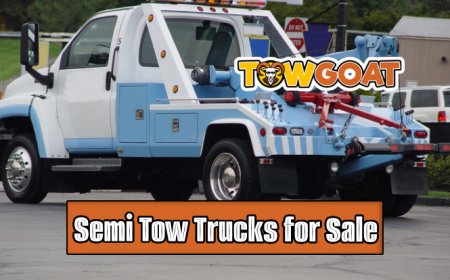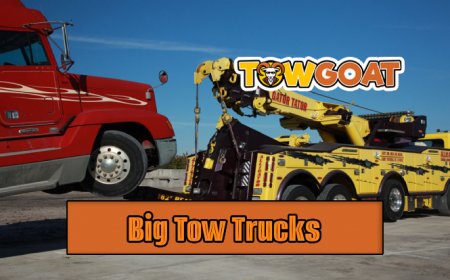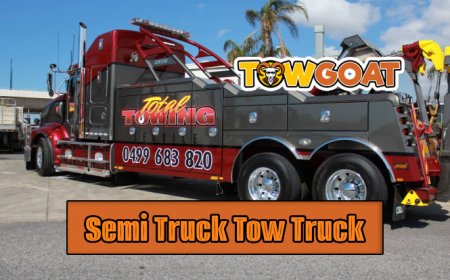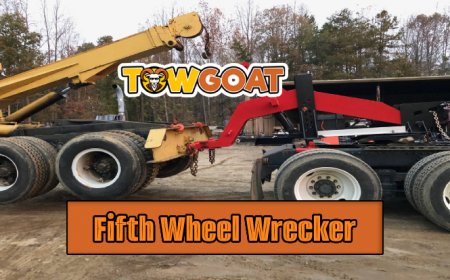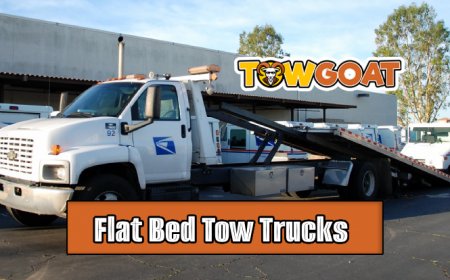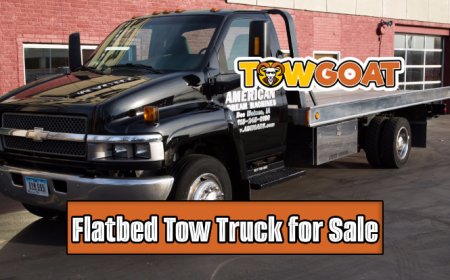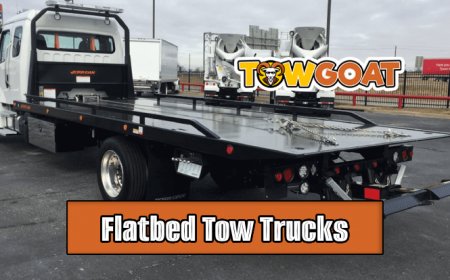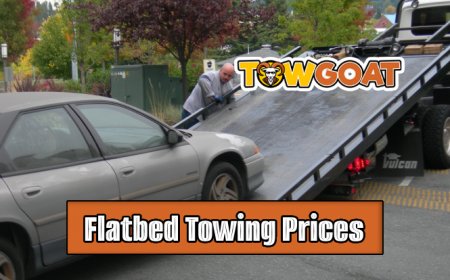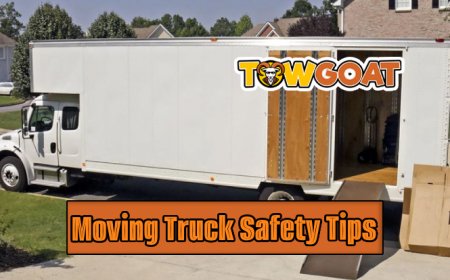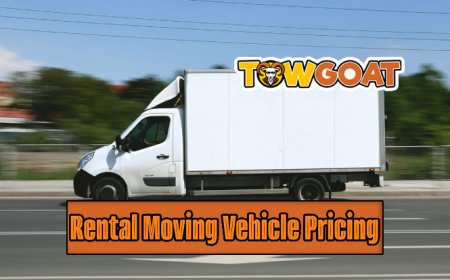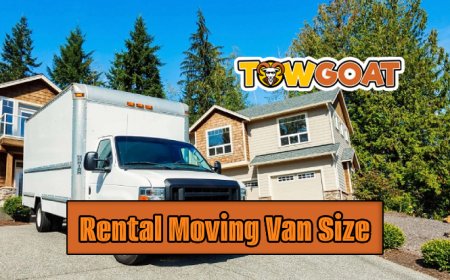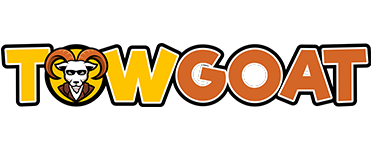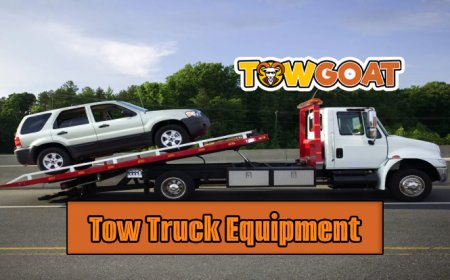Safety First: Procedures and Equipment for Safe Towing
Safety should be your priority. Dive into the best practices and essential safety equipment for Tow Trucks to ensure the safety of your operations.
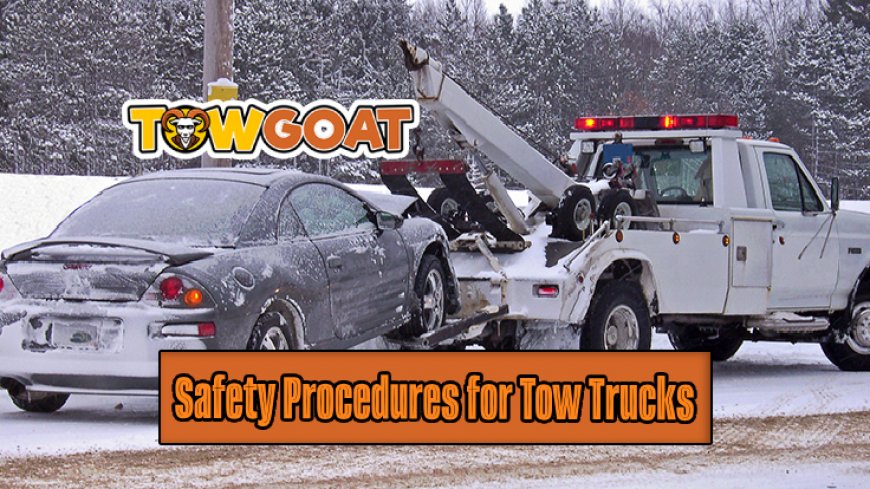
The safety procedures for tow trucks should never be underestimated. Towing vehicles is a high-risk activity where each decision can significantly impact the outcome. That's why at TowGoat, we believe in championing best practices and the right equipment to safeguard your operations. This article aims to shed light on key safety procedures and the essential gear required for safe towing operations.
Essential Safety Procedures for Tow Trucks
Towing does not merely involve hitching a vehicle and hauling it away. It requires careful planning, attention to safety protocols, and proper use of equipment. Let's delve into what these procedures look like in the world of towing.
Table of Contents
- Pre-Towing Safety Check
- Using the Correct Equipment
- Understanding and Respecting Weight Limitations
- On-road Safety Protocols
- Correct Hitching and Unhitching Methods
- Emergency Procedures for Tow Truck Operators
- Regular Maintenance Schedules
- Continuing Education for Tow Truck Operators
Pre-Towing Safety Check
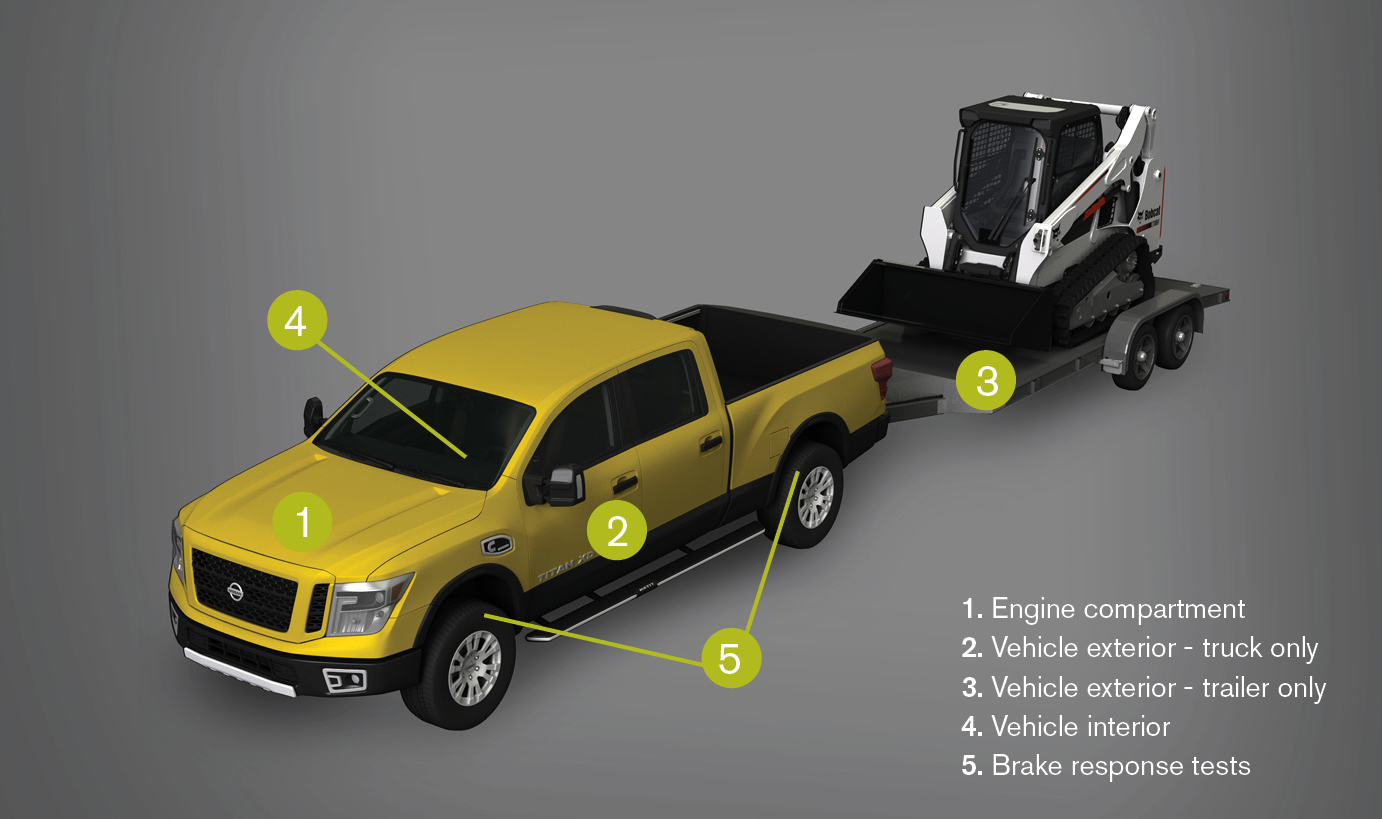
Before you even hitch a vehicle, performing a comprehensive safety check is non-negotiable. Here's what you should inspect:
- Tow Truck: Ensure the truck is in good working condition, with special attention to the tires, lights, and brakes.
- Towing Eguipment: Check if the winch, hook, chains, and tow bars are functioning as expected.
- Vehicle to be Towed: Examine if its weight, dimensions and condition comply with your truck's towing capacity.
Using the Correct Equipment
Towing equipment varies based on different factors including the weight and size of the to-be-towed vehicle and the type of tow truck being used. It’s vital to use the right tool for the job to ensure safety and efficiency. Tools such as the hitch, tow bars, chains, hooks, and winches should be inspected for any damage or wear each time before use.
Understanding and Respecting Weight Limitations
One cardinal rule in towing is never to exceed the Gross Vehicle Weight Rating (GVWR). The GVWR incorporates the weight of the tow truck, the towed vehicle, and any additional cargo aboard the truck. Exceeding these limitations not only jeopardizes safety but can also lead to significant damage to your equipment.
On-road Safety Protocols
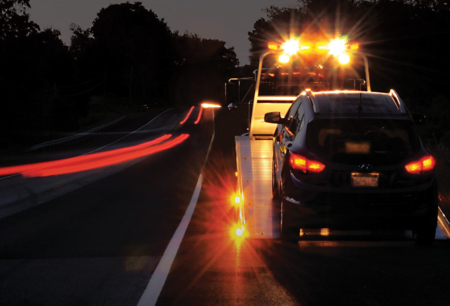
Driving with a towed vehicle poses different challenges compared to typical driving scenarios. Quick reflexes, constant vigilance, and understanding how your tow truck maneuvers are key aspects. Here are some on-road safety protocols that should be followed:
- Maintain a safe speed that will allow you adequate time for braking and reacting to traffic conditions.
- Observe a safe towing distance. The added weight of the towed vehicle will increase your braking distance.
- Use your mirrors frequently to monitor the towed vehicle and ensure it is not swaying or shifting.
- Switch on Tow Truck Lights: To enhance visibility, it's imperative to use flashing amber warning lights, especially when moving slower than the flow of traffic.
Driving in Adverse Conditions
"When driving in poor weather, such as heavy rain, snow, or fog, adjust your speed accordingly and increase your braking distance," advises Wayne Butler, a veteran tow truck operator from TowGoat. "Also, increase the normal following distance to allow more reaction time."
Correct Hitching and Unhitching Methods
![]()
Hitching and unhitching vehicles correctly ensures safety and prevents damage to the vehicles involved. Let’s break it down:
- Hitching: Using gloves, securely attach the hook and chains to the tow points of the vehicle. Ensure the vehicle is in neutral and the hand brake is released.
- Unhitching: After reaching the destination, park your tow truck and the towed vehicle on level ground. Once secure, you may, using gloves, carefully remove the chains and hooks from the tow points.
Emergency Procedures for Tow Truck Operators
Emergencies may occur despite employing the best safety measures. In the unexpected scenario of a tow truck emergency, quick thinking and safety protocols are paramount.
"Always have an emergency kit with essential medical supplies, flashlights, extra fuses, and road flares handy. Remember, your safety and the safety of those around you is the top priority in any emergency situation," reminds Rebecca Vial, a seasoned tow truck operator with TowGoat.
Regular Maintenance Schedules
Regularly maintaining your tow truck and equipment is an essential safety measure. Routine maintenance like oil changes, tire rotations, brake checks and system inspections can help prevent breakdowns and accidents.
The Importance of Regular Inspections
Don't underestimate the value of regular inspections. A faulty brake or an underinflated tire can lead to severe consequences. As the saying goes, "An ounce of prevention is worth a pound of cure." By performing routine checkups, you minimize the risk of a catastrophic failure.
Continuing Education for Tow Truck Operators
The towing industry, like any other, continues to evolve. New technologies, regulations, and methods are constantly introduced. Continuing education for tow truck operators is crucial to stay abreast of these developments and maintaining safety. Remember, one never truly stops learning in this industry!
In conclusion, safe towing practices require alertness, adherence to guidelines, and thoughtful decision-making. By mindfully executing these safety procedures for tow trucks, we can ensure a safer and more efficient towing industry for all.
What's Your Reaction?







